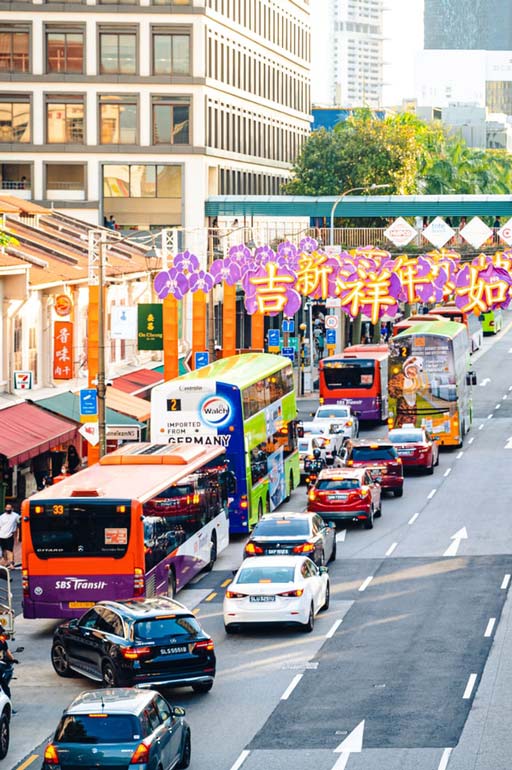Creating an Advanced Transit System in Singapore That’s Green, Convenient, and Inclusive
Jeremy Yap speaks with Paul Comfort on Transit Unplugged
This week on Transit Unplugged Paul continues his virtual world tour of transit leaders outside of North America with an interview with Mr. Jeremy Yap, Deputy Chief Executive for Public Transport, Policy and Planning for the Land Transport Authority, Singapore. This interview brings another unique perspective on public transit from a densely populated and diverse country of 5.6 million people covering only 720 square kilometers (or 278 square miles, which is about the same size as San Francisco with six times the population!).
Jeremy has an impressive vision for Singapore, they are digging a kilometer of subway tunnel a month and popping up a new station every two months in their rapidly expanding Metro system. His goal is by 2030 to have everyone be within a 10 minute walk of a transit stop and able to cross the city in 20 minutes. For last mile connections Jeremy sees autonomous vehicles as one potential solution for mobility on demand. As he points out, most buses can’t negotiate small, densely packed neighborhoods, and it’s also not always efficient to have drivers run buses in areas were there aren’t a lot of riders at any given time.
But there is a philosophy the vision that I think is more important. In his conversation with Paul, Jeremy mentioned several times his desire to make commuting “gracious” and having commuting with community and compassion. For example to help people with dementia, people can wear or carry cards to help identify them and tell others where they live or should be.
Jeremy, like many of us in the transit industry, has a tremendous sense of duty to run a clean, efficient, green, and inclusive transit system. Their entire bus fleet is paratransit enabled. Like the card system I mentioned above, the goal is to enable people to get where they are going.
This vision for improving the transit system is paired with disincentives to car drivers with fees and charges to drive a car in the city. With so many people people in such a small place, getting people moving in buses, trains, even bicycles over cars is essential as the city undoubtedly grows in the future.
This episode ties into Jeremy’s work with UITP as well, sharing insight and knowledge with other transit agencies around the world. As a transit industry emerging from the pandemic-triggered global reset, we need a broad range of ideas and perspectives to bounce back better than ever. Jeremy is quite bullish on the future of transit. He, like many other executives, took the opportunity to really understand new transit patterns. Singapore has seen a leveling of transit use away from the morning and evening rushes to steady use throughout the day. And this brings to mind all the questions other agencies are asking: where are people going, why are they going, and are there ways to improve the whole experience.
